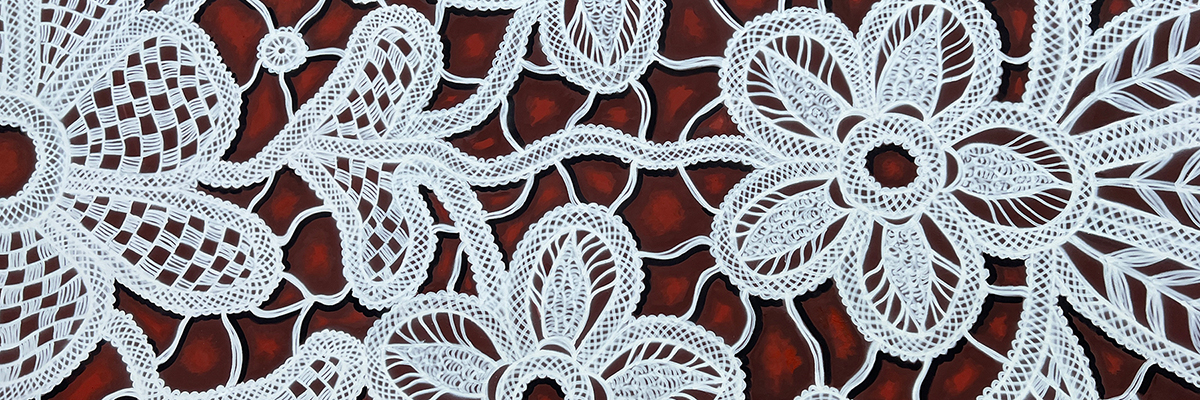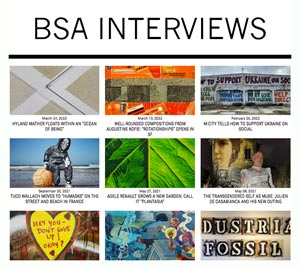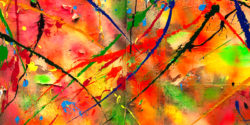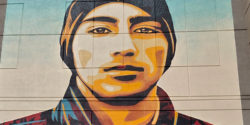When it comes to local lace and architecture, Nespoon has you covered.
The Polish street artist has had a very productive year, traveling to Spain, Italy, Sweden, and France – always in pursuit of historical examples of this time-honored and exquisite yet dying art. By enlarging the patterns of people’s needlework – some of it quite honored and revered – she re-lights the candle of interest for the contemporary topography of the city. As one woman’s mission, the sometimes forgotten craft is shared here with a modern audience – the original patterns and designs often created by generations before this.
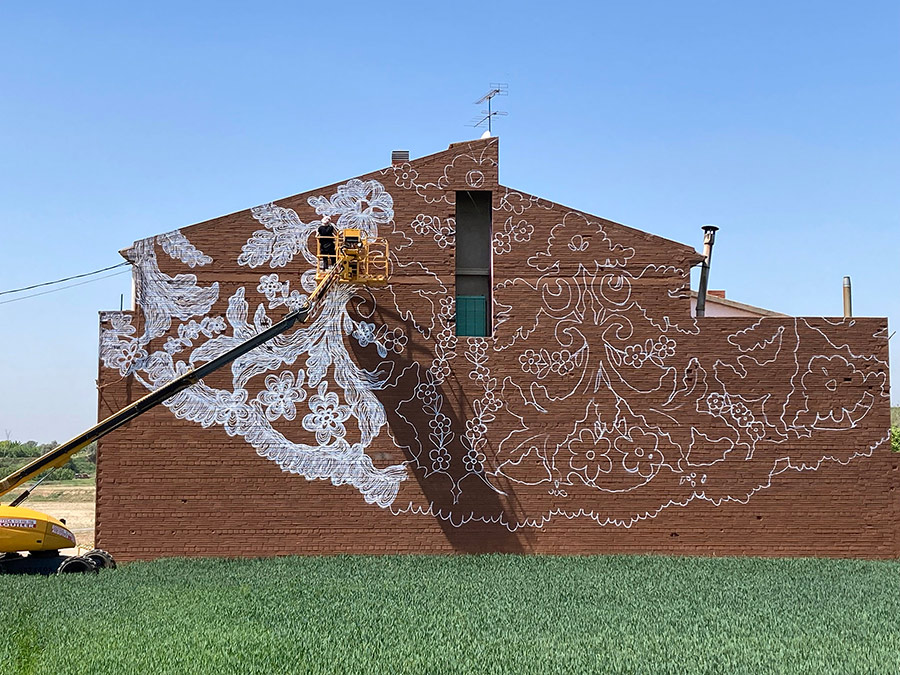
Today we have the honor and pleasure of sharing many of the 10 murals she painted in several countries in the first nine months of the year – along with her descriptive texts to accompany the works.
“I always paint my murals as in-situ works. Wherever I am, I always research local lace-making traditions. In many cities, lace-making factories operated, in the countryside they were traditional, female lace-making circles. I often find interesting exhibits at the local historical museum. Sometimes I just visit the apartments of seniors living nearby, I always find some lace. Based on such patterns, I prepare a mural design,” says Nespoon.
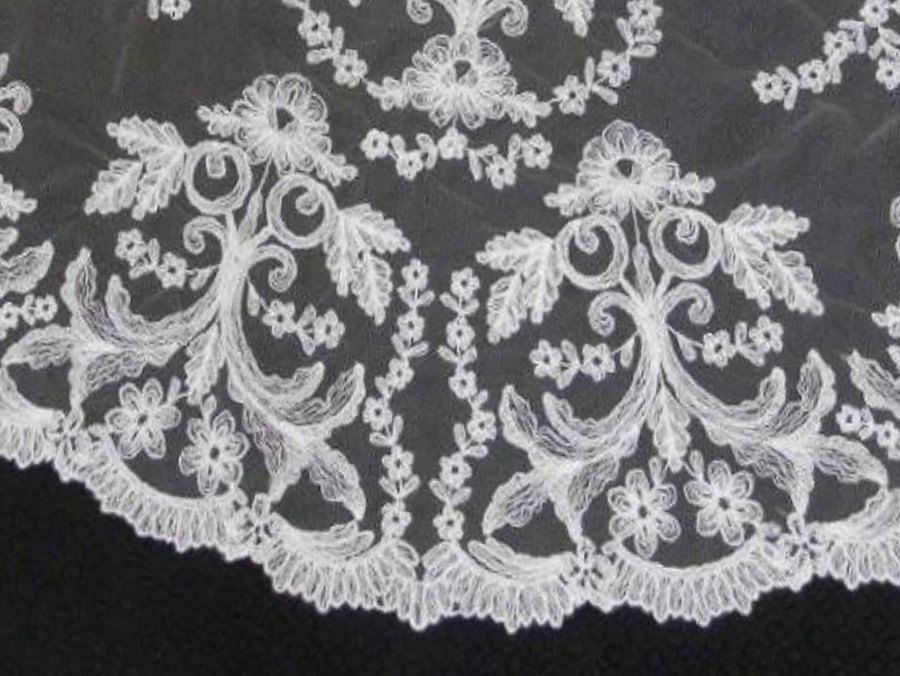
“In Spain, in Penelles, I painted for the Gargar Festival, near Barcelona. I designed the mural on the basis of a traditional 19th-century ‘mantilla’, a veil used by women there for liturgical purposes, such as weddings and funerals.”
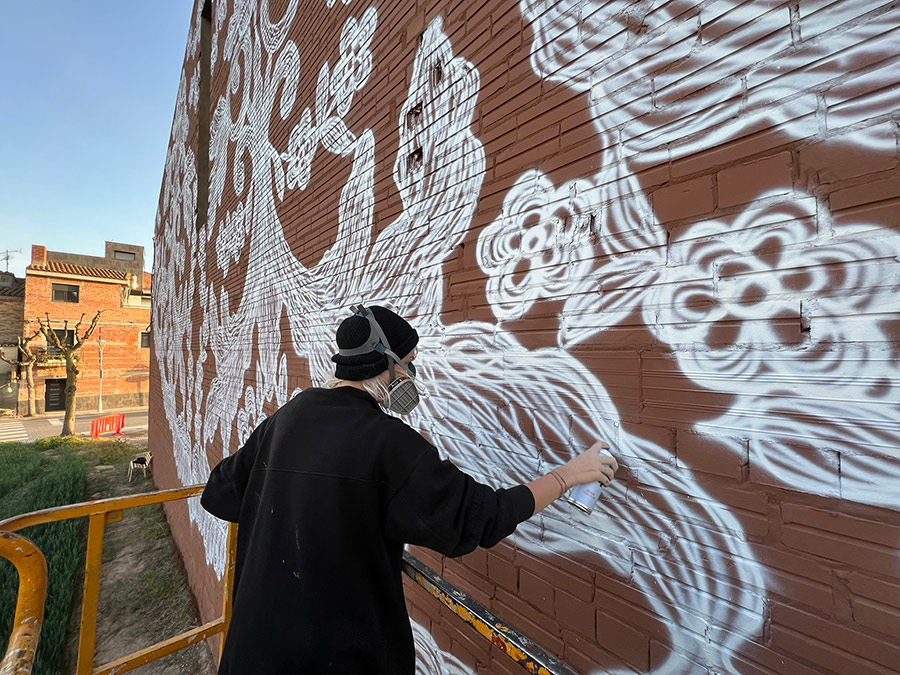

“I came to Halmstad, Sweden, at the invitation of the city council. Swedish lace is very simple, so I decided to approach the design issues differently. I created the pattern of the mural spontaneously by sketching it directly on the wall with my free hand. There was no historical reference here.”

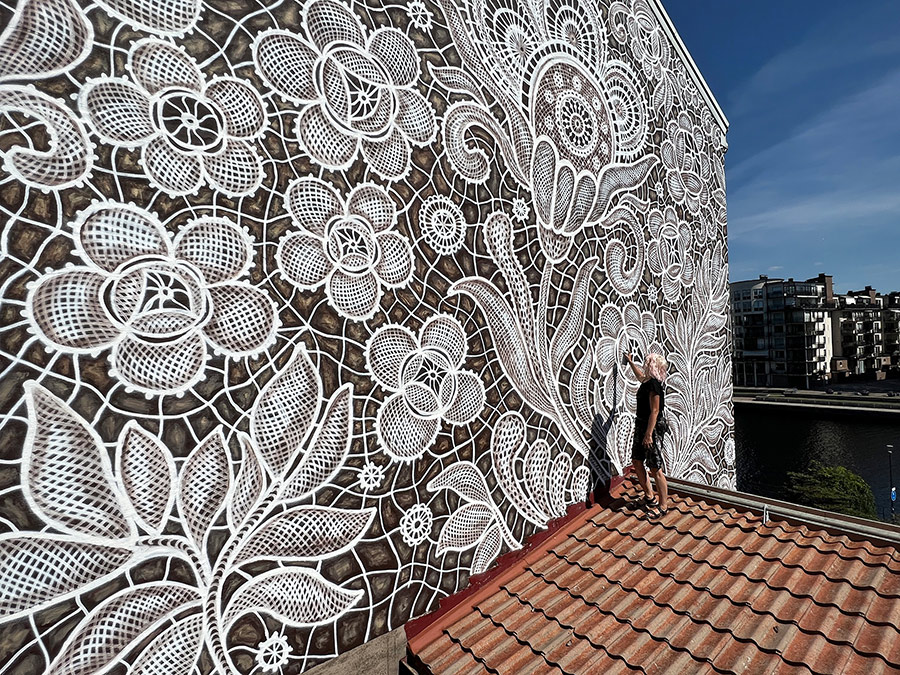
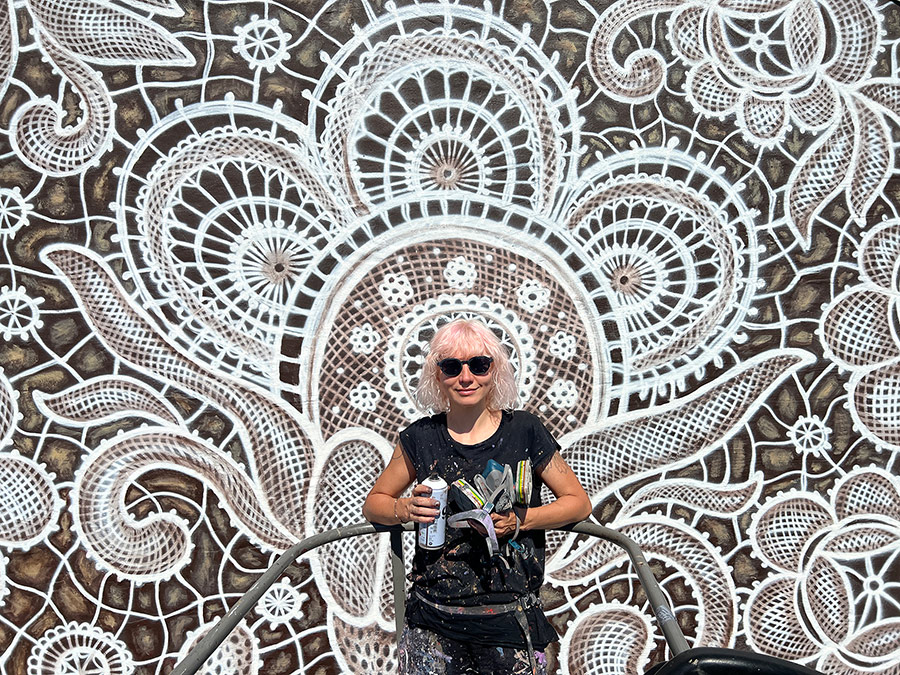
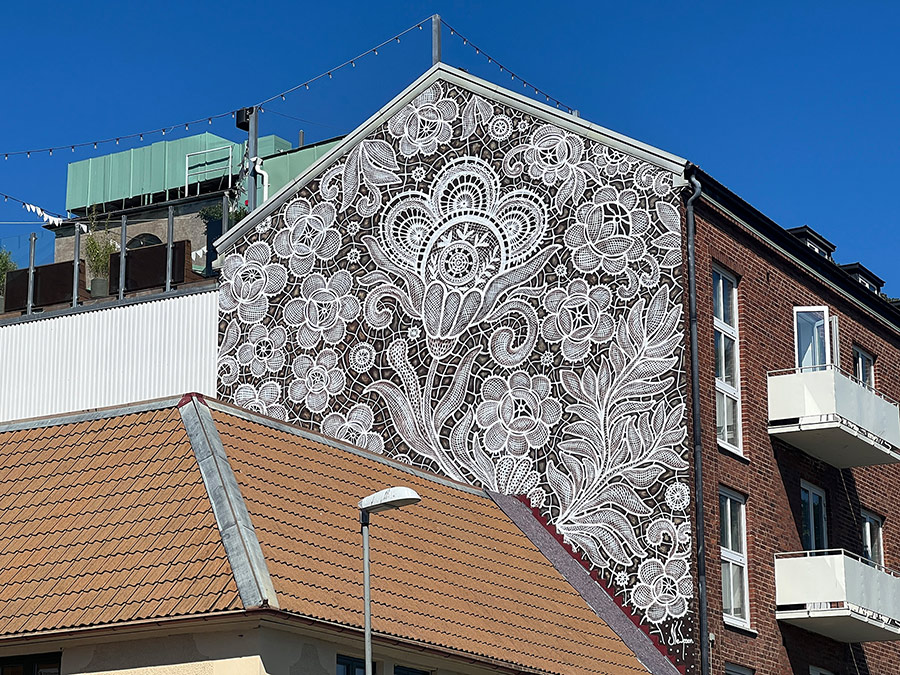
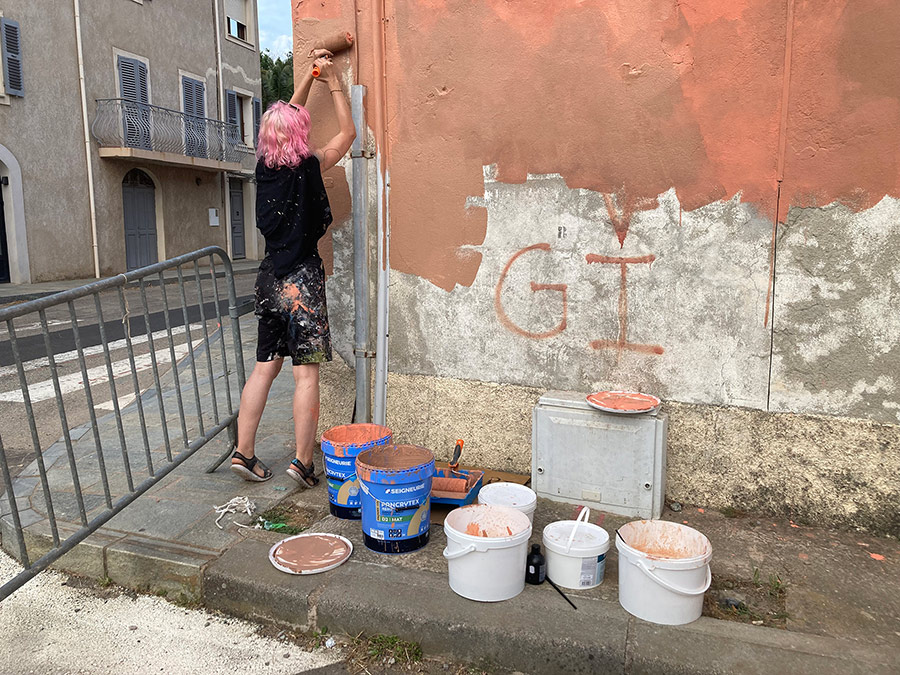
“In Yffiniac, in Brittany, France, in a private historical museum, I found a magnificent Breton ceremonial shawl from the end of the 19th century. A fragment of the pattern became the basis of my design. I painted for the Street Arte en Baie Festival.”
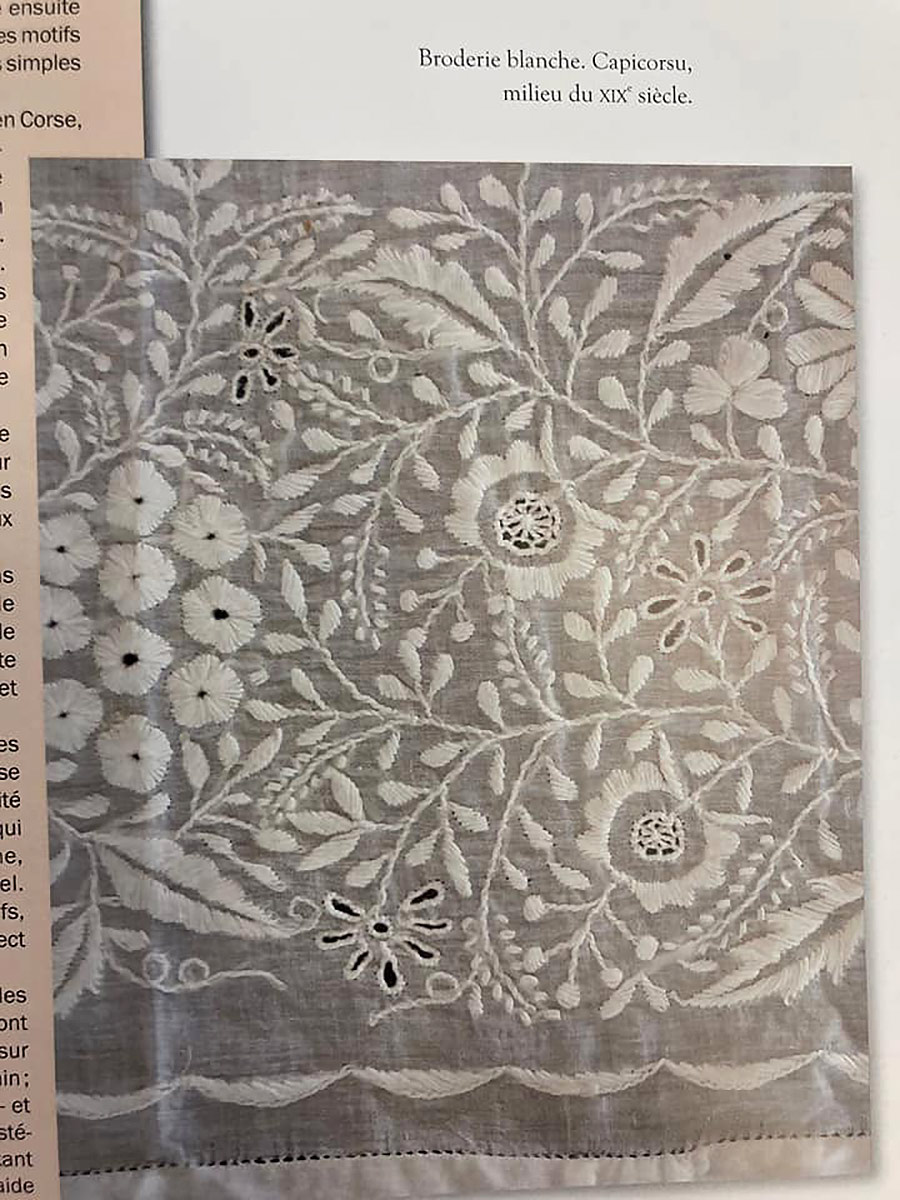
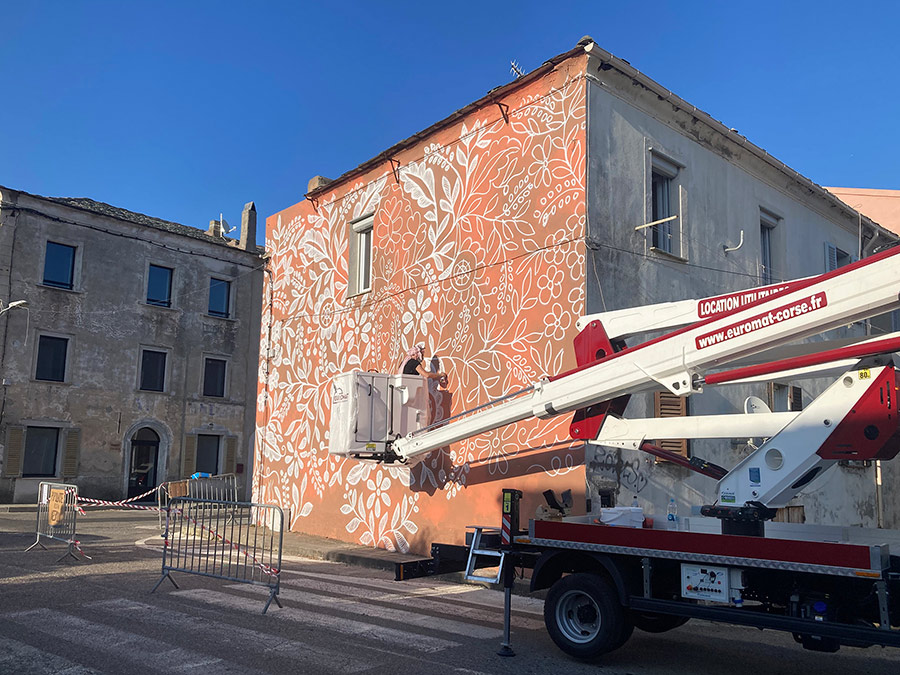
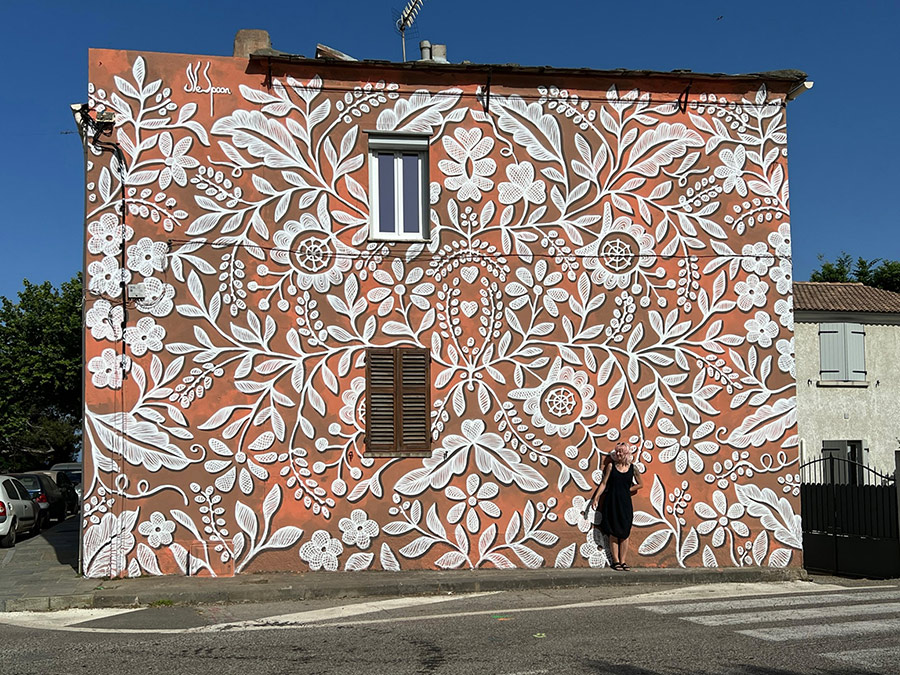
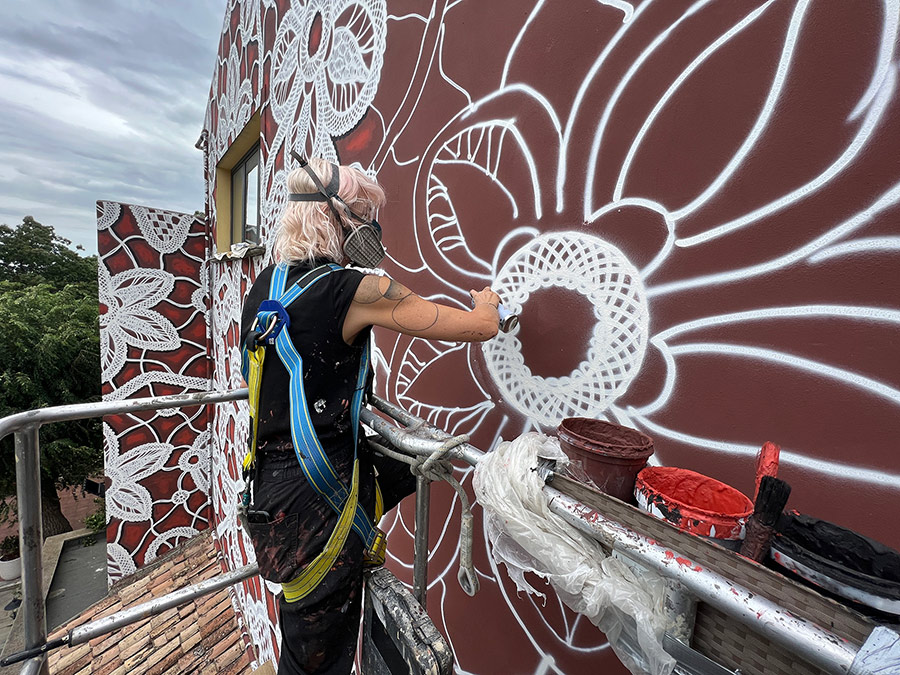
“I found similar inspiration in another Italian city, Stigliano. A woman living near where I worked showed me the lace made by her mother. There I painted for appARTEngo artepublica, the local association.”
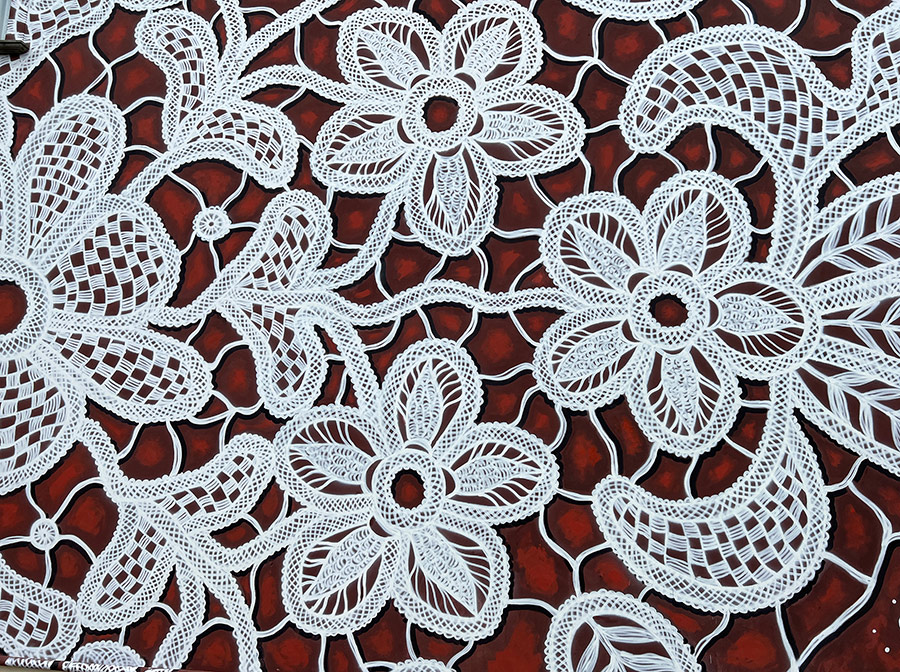

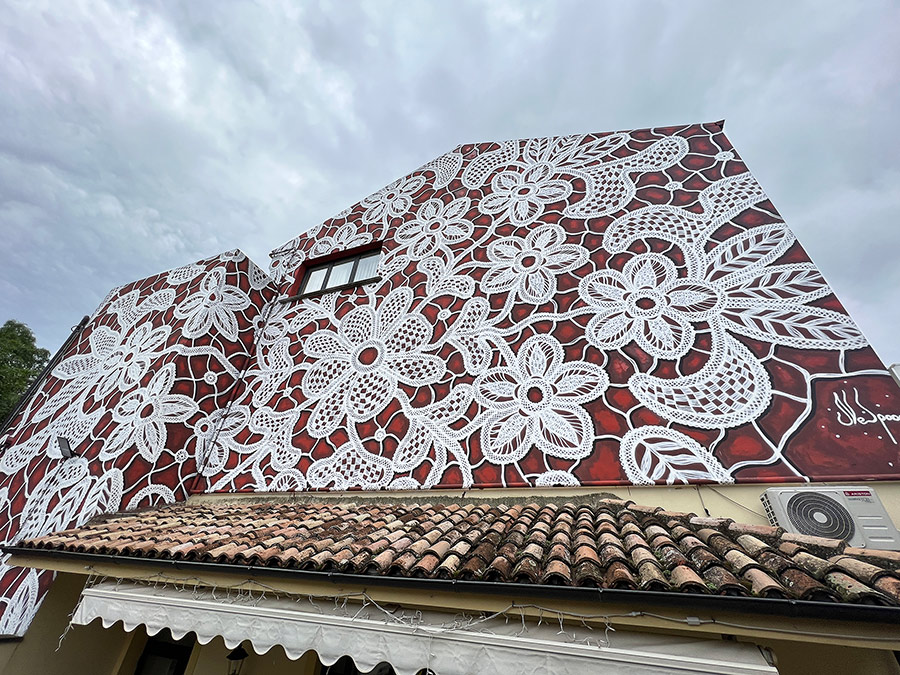
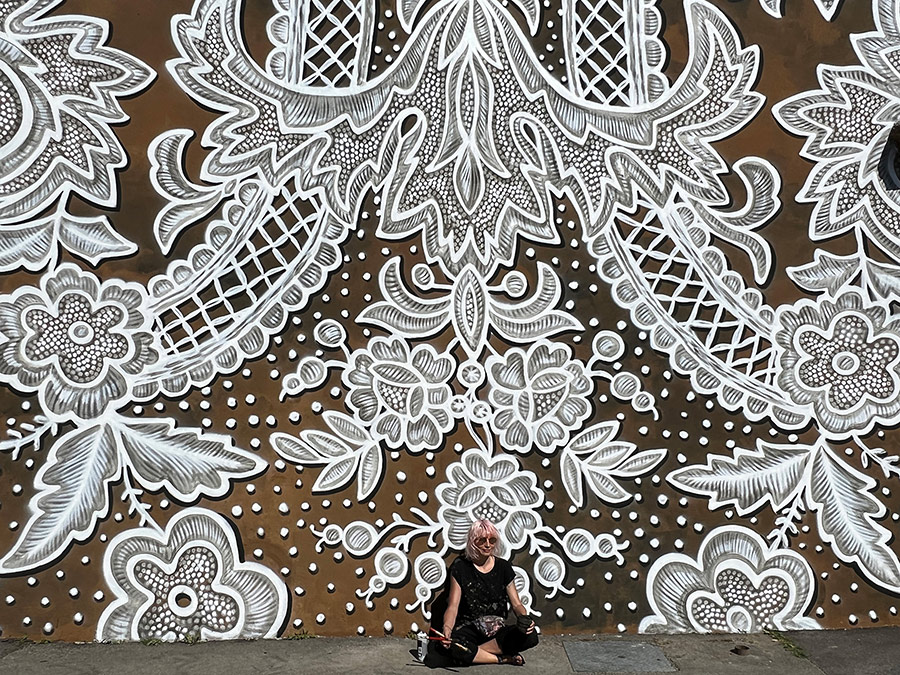
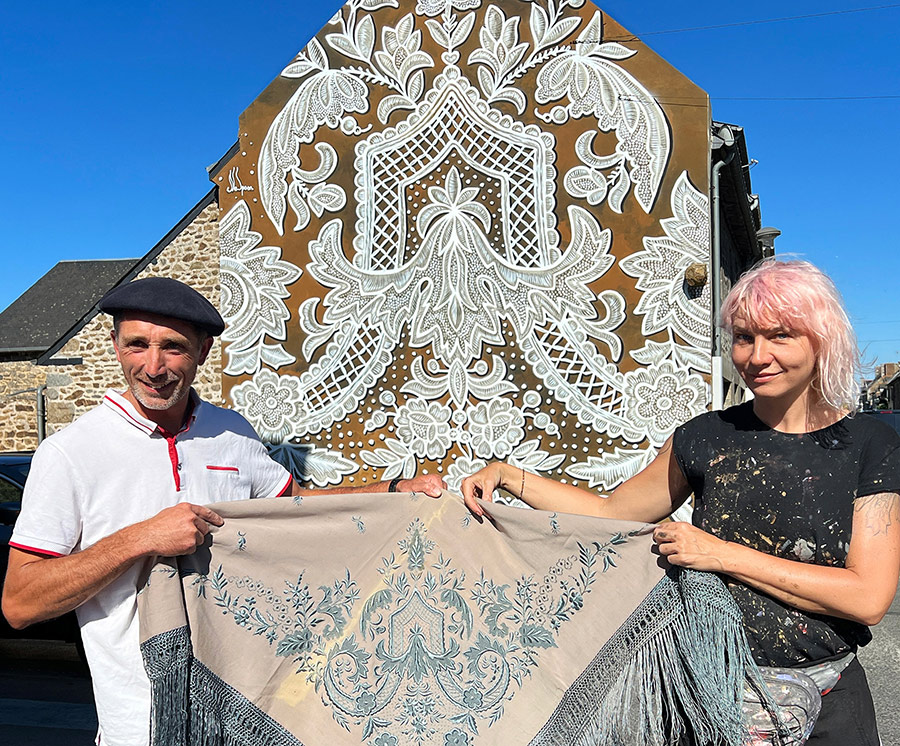
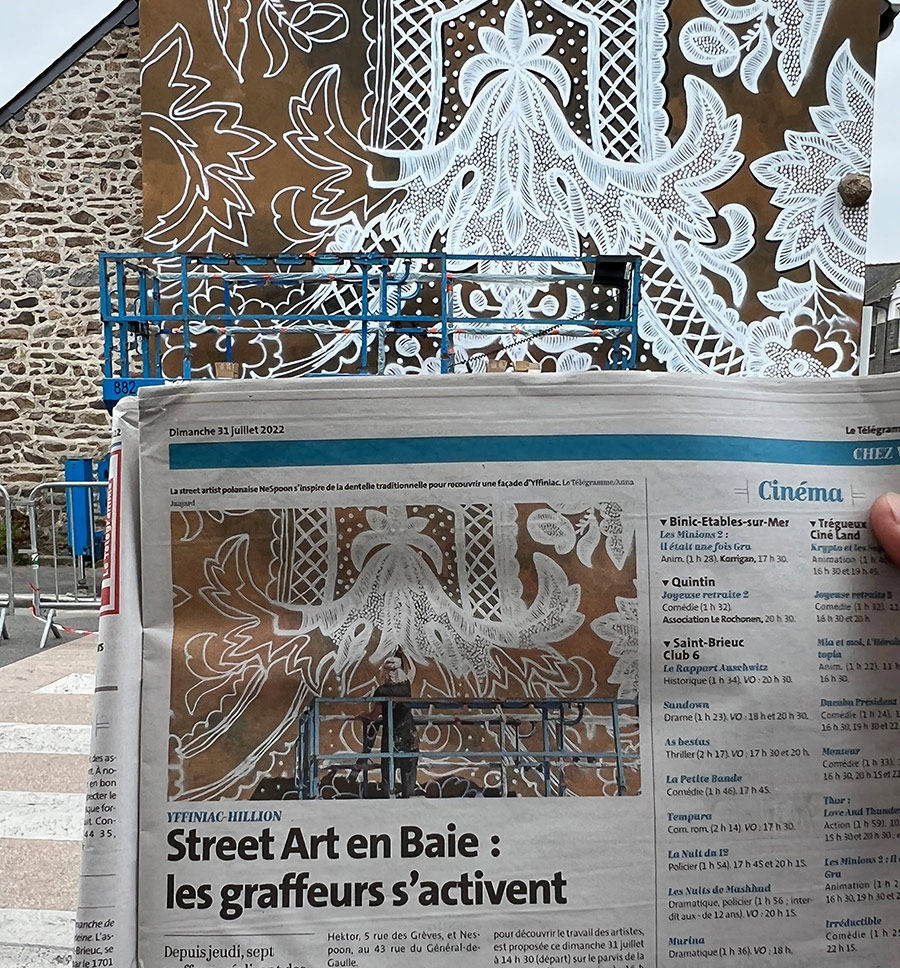
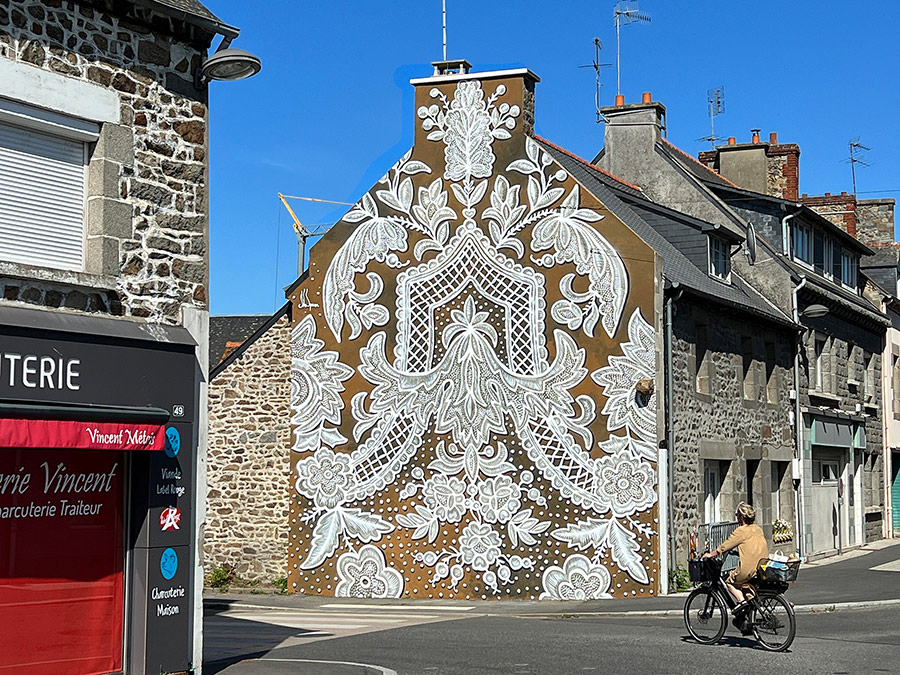

“In Mendicino, in the south of Italy, I painted for the Gulìa Urbana Festival. My inspiration was the tablecloth I found in the house of a woman living nearby.”

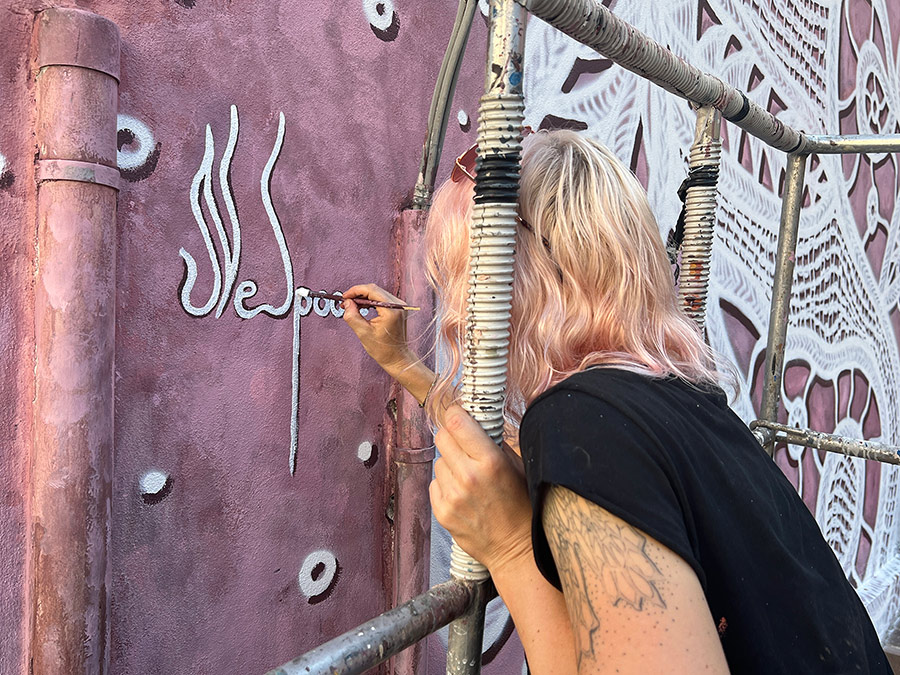
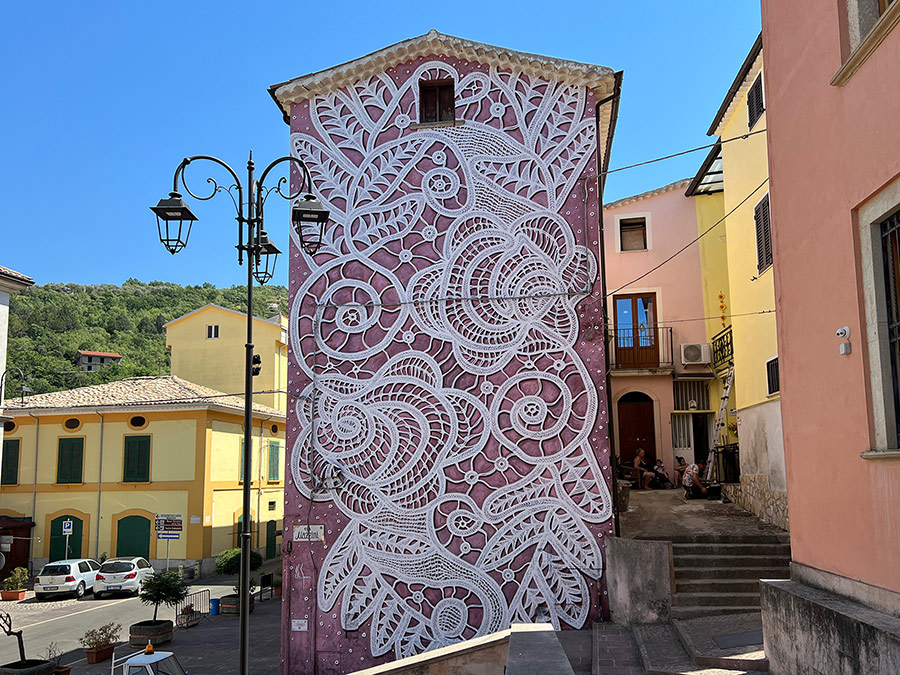
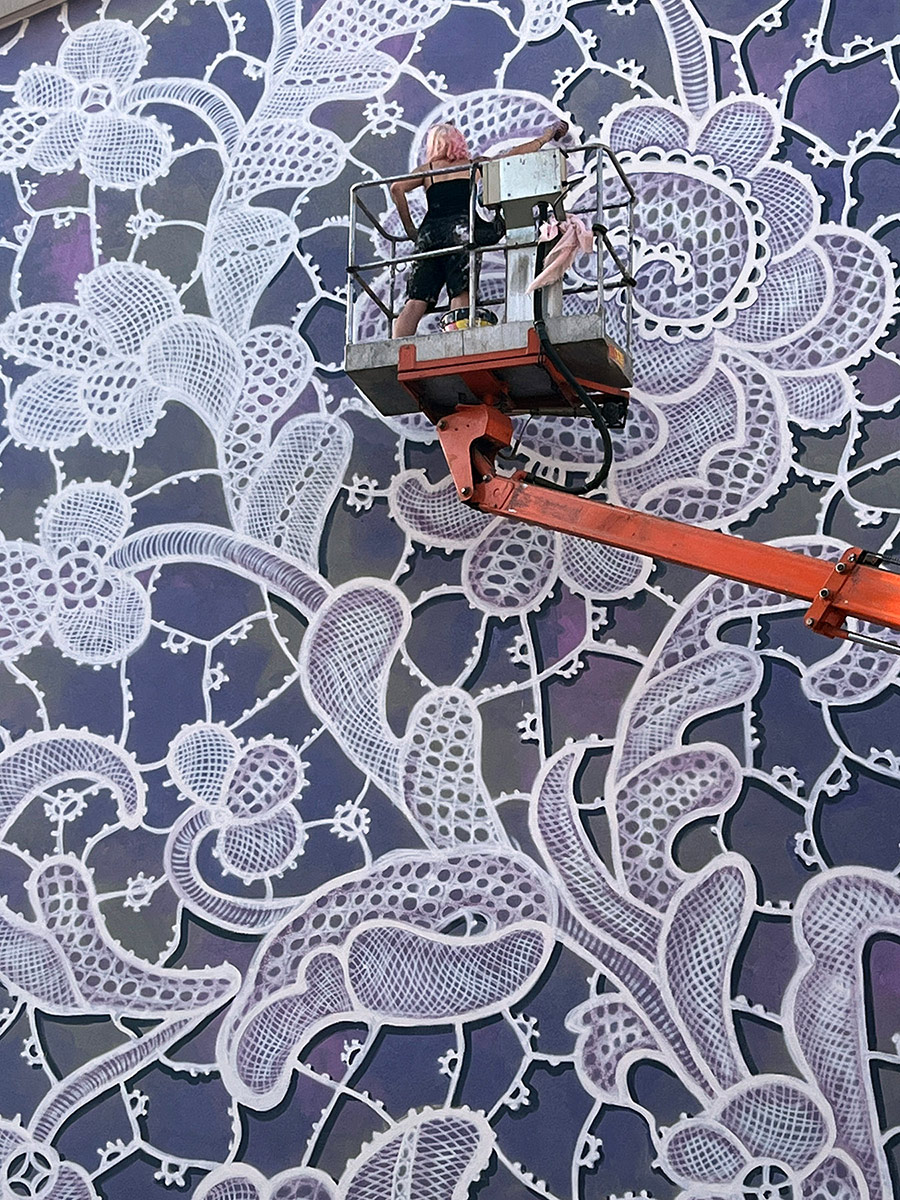
“Brescia is an Italian city near Venice. It was in Venice that the first handbook for lace making, Le Pompe, was printed in the 16th century. The mural I painted for the LINK Urban Art Festival was based on Venetian lace from the island of Burano.”
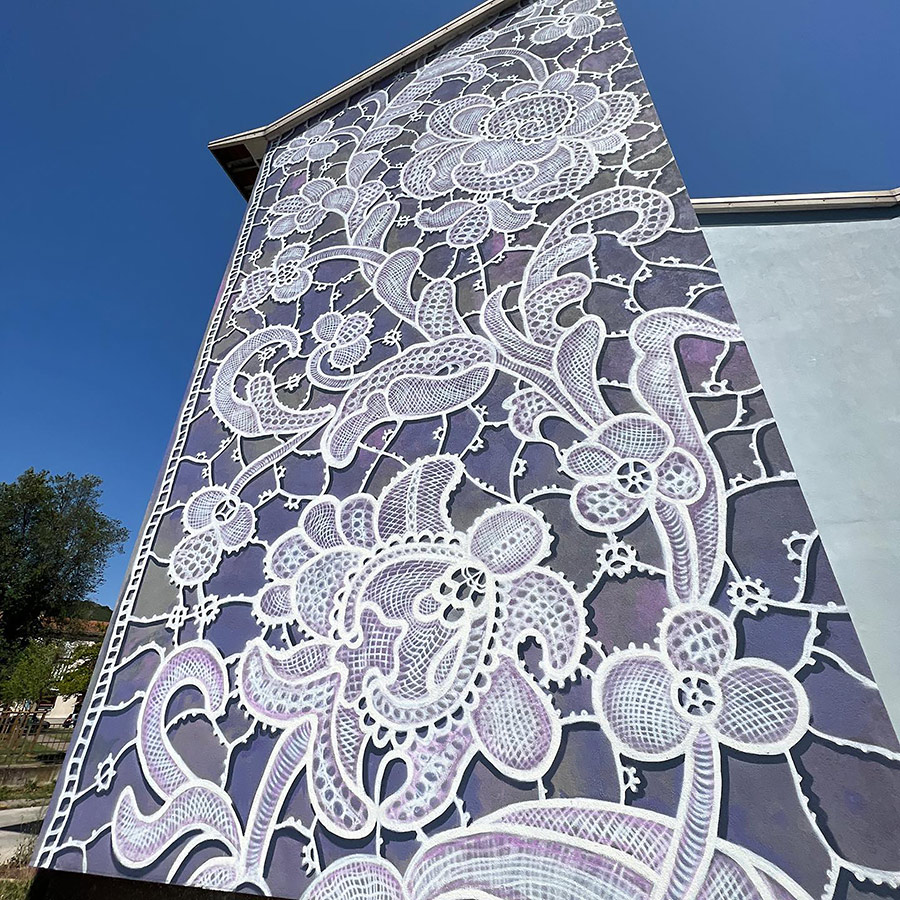

Other Articles You May Like from BSA:
Our weekly focus on the moving image and art in the streets. And other oddities. Now screening : 1. "The US Tapes" with Fatheat and TransOne 2. Said Dokins: Stories of a Word 3. INO: Lost in G...
Our weekly focus on the moving image and art in the streets. And other oddities. Now screening:1. Nadia Vadori-Gauthier / Une minute de danse par jour / Danse 25042. Os Gemeos: Secrets - Ep. 0...
Murals hold their own place onstage in public space today for a variety of reasons that we discuss regularly on BSA. From grassroots and public, to private and corporate, we have watched the genre pro...
These stormy spring days are full of dark clouds, so it’s time to brighten things up with ‘The Peacock’ mural in Leeds city center celebrating Marching Out Together. Even in these photos furnished by...
The artist duo Dourone (Fabio Lopez Gonzalo, Elodie Arshak) are in Sweden this week and have created their first large format installation – and they are calling her LITA. The 170 anchor points, when...
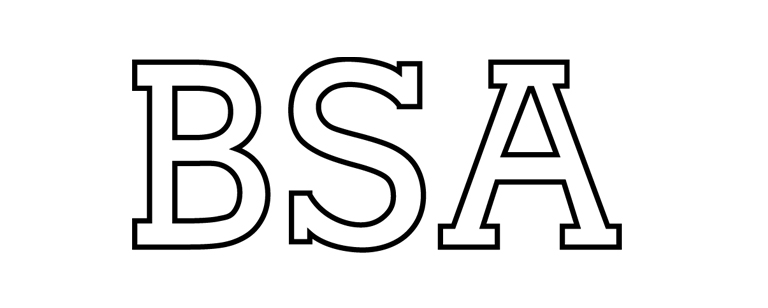 BROOKLYN STREET ART LOVES YOU MORE EVERY DAY
BROOKLYN STREET ART LOVES YOU MORE EVERY DAY